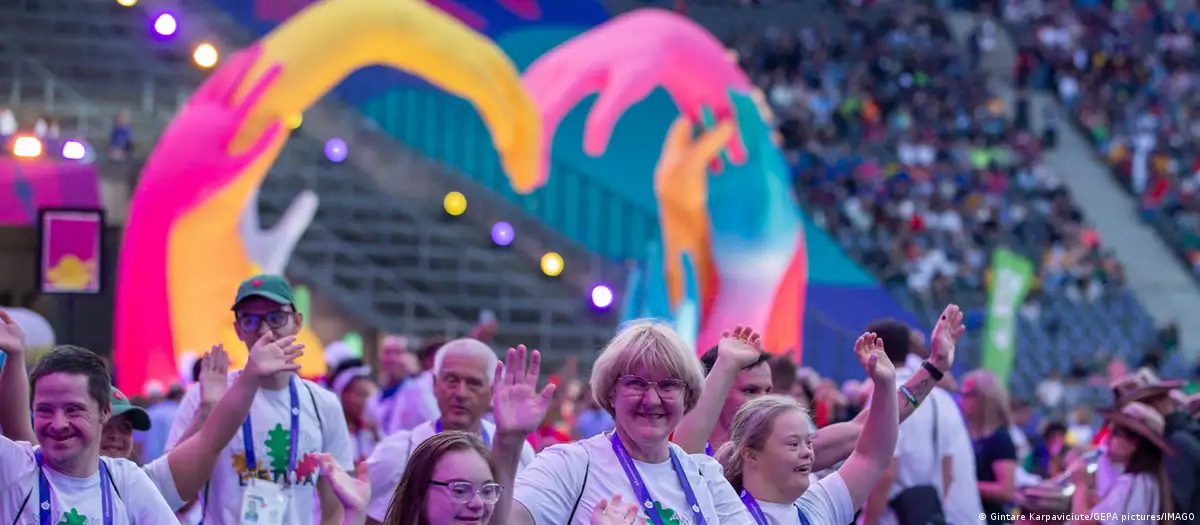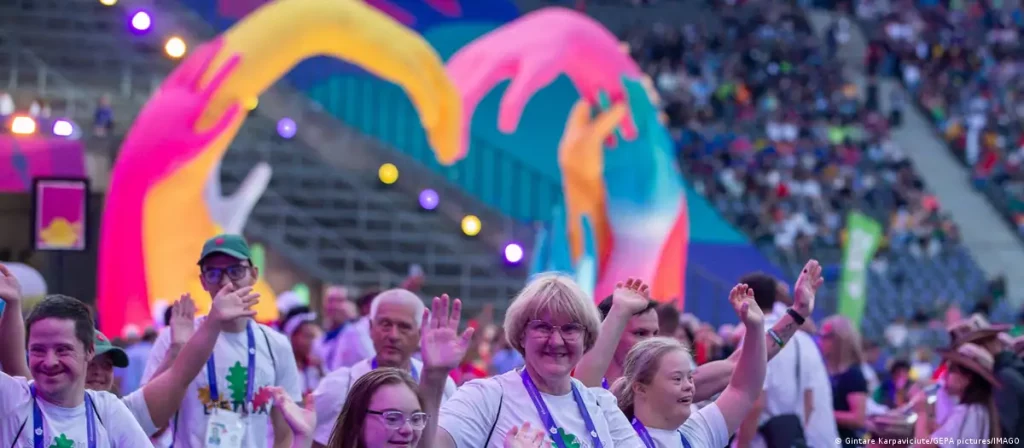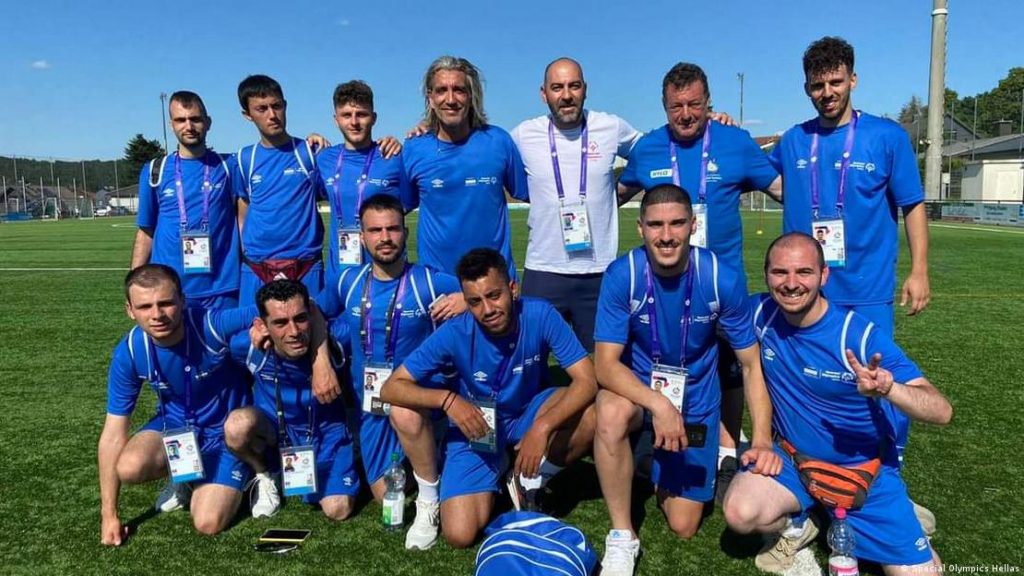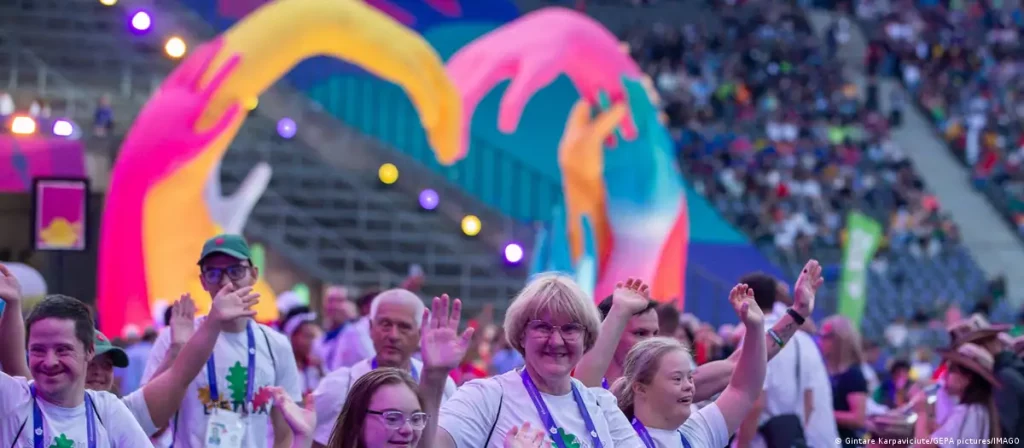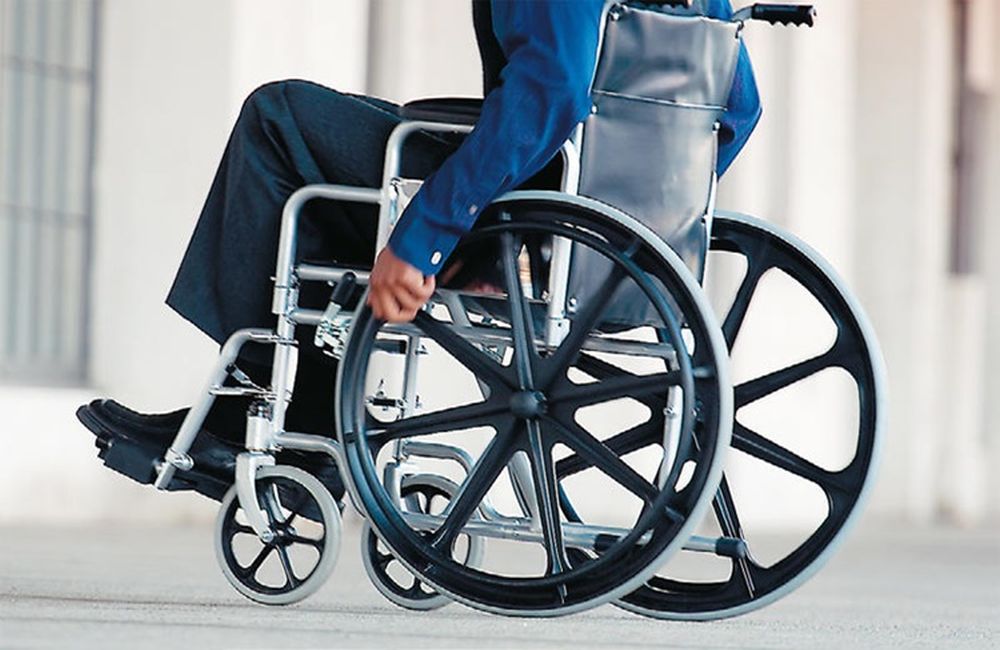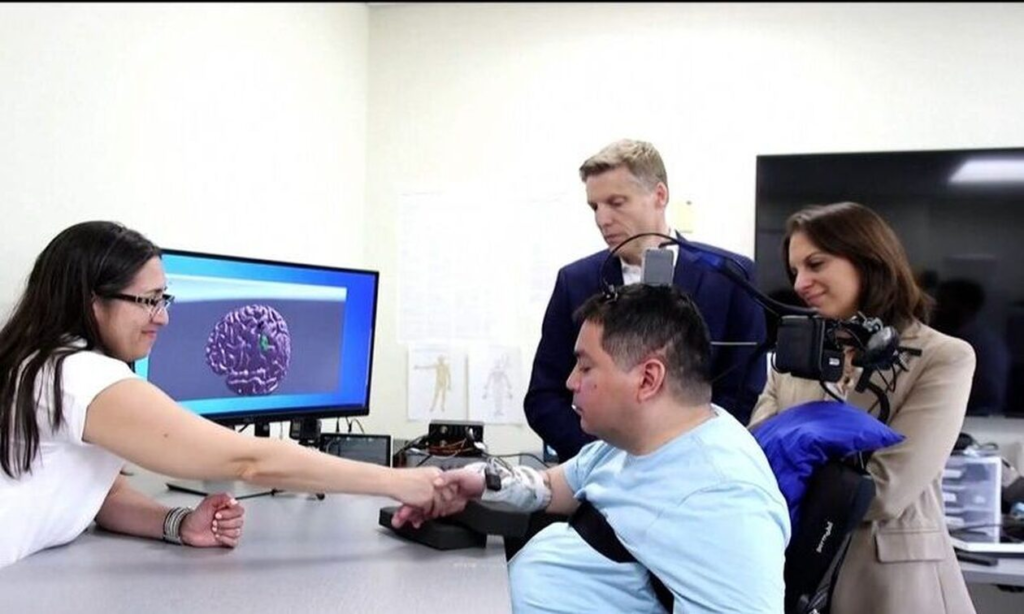
Subject: Integration Program for Children with Hearing Loss in Secondary and Technical Education
The education of children with hearing loss in general education has been legally safeguarded through the enactment and implementation of Law 113(I)/99 “On the Education and Training of Children with Special Needs of 1999,’ as well as the accompanying regulations.”
The inclusion of these children in General Secondary and Technical and Vocational Education and Training is working very successfully. This is evident from their entry into Higher Education Institutions in Cyprus and elsewhere. To continue and enhance the effective education of children with hearing loss, the following should be considered:
1. Staff Training
Every school year, seminars are held with the aim of training educators involved in the inclusion program for children with hearing loss. Please ensure that all relevant individuals attend these seminars. Additionally, short seminars or sample lessons may be organized at schools in consultation with the Coordinator/Link Worker for Hearing Impairment.
2. Implementation of Individual Educational Plans (IEPs)
With the start of the school year, the school is obliged to implement the Individual Program of each child, as approved by the District Committee for Special Education and Training (EEAEAT) (accommodations, support hours, exemptions, and withdrawal from classes). It has been observed that in some schools, the start of support is delayed. The support program must be implemented from the first day of the school’s operation and should be included in the temporary school schedule. The responsibility for ensuring the adherence and implementation of the Individual Program lies with the school’s Assistant Director in charge of Special Education.
3. Exemptions or Withdrawal from Classes
To fulfill support hours, children are exempted from and withdrawn from specific classes as specified in their Individual Program, which is sent out in the early days of the school year after approval by the EEAEAT. In cases where the IEP is not functioning as approved, the Coordinator/Link Worker for Hearing Impairment should be informed.
4. Educators
The role of the educator is particularly crucial for the smooth psychological, academic, and social development of children with hearing loss. Therefore, educators should be willing to engage, be sensitive, and be informed about or have attended seminars related to the education of children with hearing loss. Additionally, their physical characteristics should contribute to better communication with the student (e.g., natural speech rate, clear articulation). Educators who take on the above responsibility should be aware that anything assigned to them becomes obligatory, such as following specific guidelines (e.g., simplifying the curriculum language, instructional adaptations, writing semester reports). Support lessons should be conducted by the teachers of the department, as this contributes to better preparation of the child and the development of better relationships between them.
5. Number of Children in the Class with Children with Hearing Loss
The number of students in the class where a child with hearing loss is enrolled should be significantly smaller than in other classes of the same grade (Article 12, 2 (d) (ii) of the Law on the Education and Training of Children with Special Needs of 1999), as it serves important educational purposes. It is advisable to avoid placing children with behavioral problems or ADHD in the same class.
6. Examination Accommodations (Tests and Final Examinations)
Children with hearing loss are entitled to examination accommodations, both in tests and final examinations (e.g., additional time, simplified language in test questions, bearing in mind that this does not dictate the answer, exemption from the listening part in foreign languages). The accommodations for each child are specified in the decision of the District Committee for Special Education and Training (EEAEAT) sent to the school.
7. Technical Infrastructure
One of the fundamental requirements for the successful inclusion of children with hearing loss is the provision of an environment free from noise and disruptive sounds. Therefore, the classroom and the individual support room should be located away from sources of noise (e.g., sports fields, cafeteria, music room), soundproofed (e.g., with a plastic floor, heavy curtains), and adequately equipped (e.g., interactive whiteboard, projector).
8. Adaptation of the Curriculum
Children with hearing loss require adaptations to the curriculum to meet their specific educational needs. This includes more instructional adjustments from educators for better communication, identifying key points for exams, linguistic adaptation of the curriculum in support lessons, and so on.
Source: Παιδεία news


